There are many specialized types of cells and tissues that normally cannot regenerate or repair on their own. One example of this is cartilage, which repairs more slowly as we get older and doesn’t replenish as other cells do. In cases like this, stem cells can help because they have the natural ability to become specialized types of cells.
Let’s take knee pain, This type of discomfort responds well to stem cell therapy. The unspecialized cells are used to repair damaged ligaments and tendons surrounding the knee joint.
There are two types of stem cells but only mesenchymal stem cells are found in adult bodies. Embryonic stem cells are the other type but are only found in embryos. Mesenchymal stem cells can’t become as many types of different cells as embryonic stem cells can but are far more readily available. This is because mesenchymal stem cells can found in small clusters in many of the body’s tissues. The issue with this is that often where these stem cells can be found, they do not occur in great enough numbers to replenish the specialized cells sufficiently. That’s where the study of stem cells has gone and where regenerative medicine picks stem cells up.
Regenerative Medicine
Great gains are being made in regenerative medicine for knee pain and damage to tendons and ligaments. This discipline attempts to regrow and repair damaged tissue, usually augmenting a natural healing ability the body already has. This makes regenerative medicine a form of all-natural pain relief. It involves taking a look at one of the body’s natural ways of repairing itself and finding a way to make it more efficient, and then applying it where it is needed.
The body can heal a great deal on its own but can do so much more with the guiding hand of regenerative medicine. Stem cells are one such use of regenerative medicine. Using stem cells as regenerative medicine centers around finding ways to stimulate the growth of stem cells in the places that they can be found and finding ways to make sure they become the type of specialized cell that they need to be. In addition, regenerative medicine involves studying the ways stem cells can be transformed into different types of specialized cells that they normally cannot become.
All three of these advances in stem cells increase the types of pain and injuries that these undifferentiated cells can be used to heal the body. The amazing thing about regenerative medicine is that it doesn’t just relieve pain; it attempts to repair the damage that is causing pain in the first place. This is beneficial for certain pains related to aging that occur because the body no longer maintains itself as it used to, as well as body parts that have just naturally degenerated. Regenerative medicine can treat some of these pains by repairing the damage instead of relieving the pain by blocking it.
With the use of stem cells alone, regenerative medicine has the potential to do much more than other treatment types. Of course, regenerative medicine isn’t all about stem cells and it’s still a growing field. Researchers are finding many uses for regenerative medicine and its applications only continue to grow.







